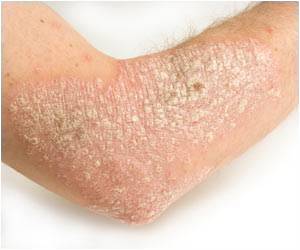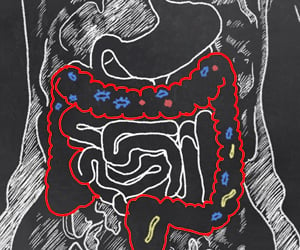Researchers have discovered that the skin is capable of communicating with the liver.

Professor Susanne Mandrup and her research group in collaboration with Nils Faergeman's research group at the Department of Biochemistry and Molecular Biology at the University of Southern Denmark was actually studying something completely different when they made the groundbreaking discovery.
The Mandrup and Faergeman groups work with so-called knock-out mice, which lacks a specific fat binding protein called acyl CoA binding protein.
Some knock-out mice produced by the researchers had a strange greasy fur, and they had difficulties being weaned from their mother. In the weaning period they gained less weight and showed a failure to thrive. Analyses also showed that the mice accumulated fat in the liver at weaning.
She and her colleagues looked at the rumpled and weak knock-out mice. Their fur was greasy, and they had a leaky skin from which they lost more water than normal mice.
To clarify this, the researchers made some mice that lacked the fat binding protein only in the skin and decided to cover the mice with vaseline.
Advertisement
However, the researchers were a little unsure if there were side effects from the Vaseline, so a student proposed to cover the mice with liquid latex and the researchers found that fat accumulation in the liver disappeared again.
Advertisement















